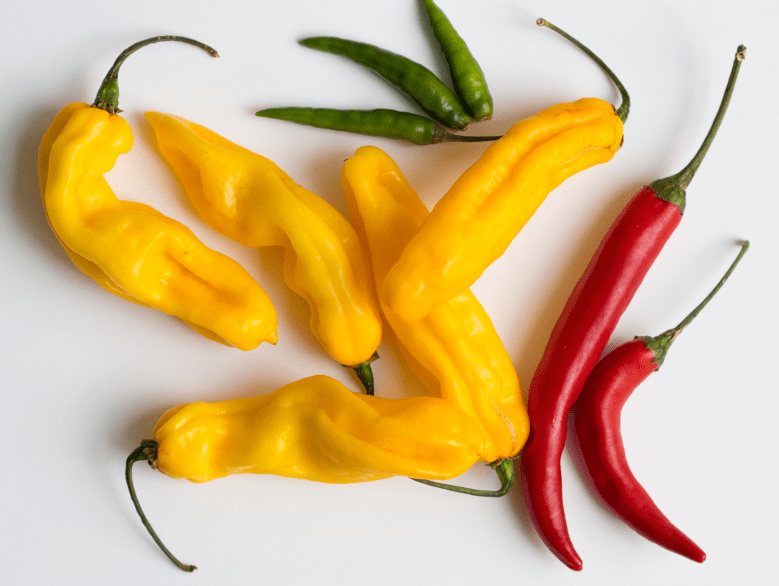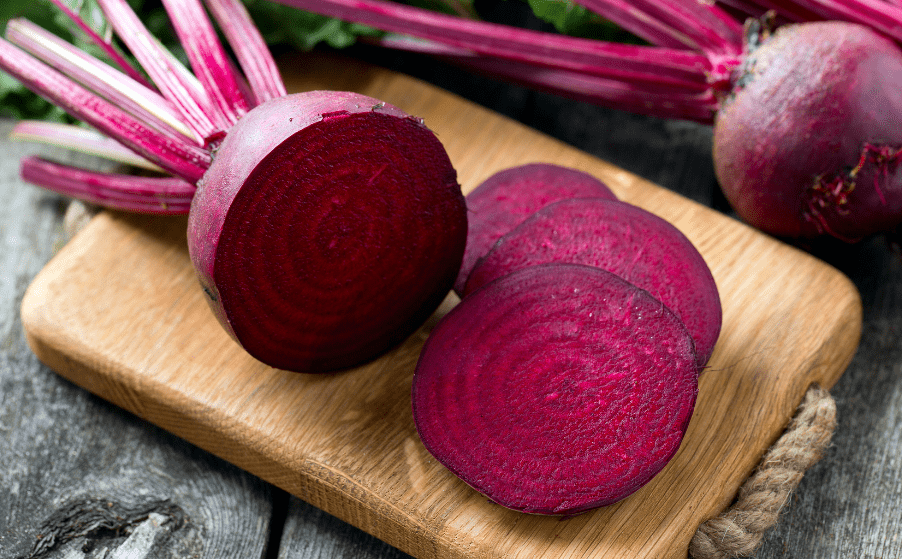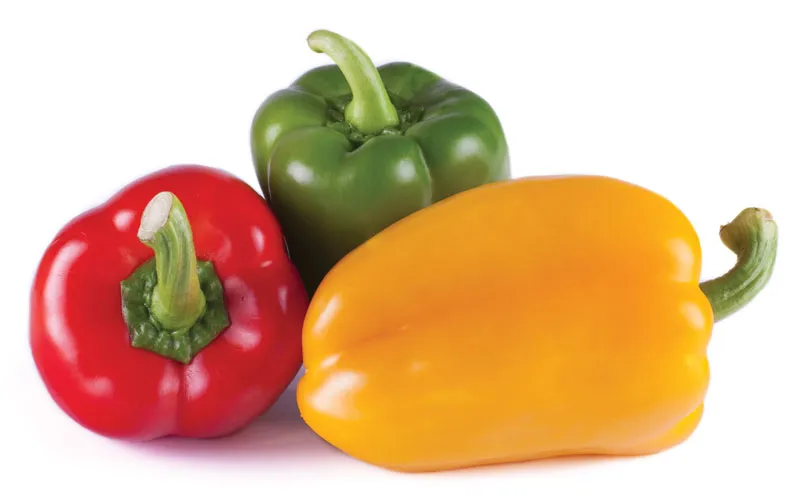
Description
Dark green, lustrous, little to medium-sized leaves are the characteristic of chillis. Chilli are a fruit that come in a wide range of sizes and shapes. Initially, chilli peppers are green. Although they can also be orange, yellow, purple, or brown, the majority of them ripen to a deep red colour.
Varieties
In addition to the aforementioned botanical divisions, chilli peppers are frequently categorized according to their SHUs and their fruit shapes. The following popular variants are listed in order of heat level:
Long, tapering fruits with comparatively thin walls are anaheims.
Jalapeno: A little, stubby pepper with thick walls and a slight taper.
Serrano: A small man with walls that are moderately thick.
Cayenne: Fruits that are long, slender, curved, and have thin walls (ideal for drying).
Tabasco: Extremely short, pointed, and with thin walls.
Thai: Small, thin, and walled.
Short, square fruits with thin walls are habaneros.
Ghost: Fruits that are short, squat, slightly tapered, and have thin walls.

Uses
In order to add heat to other dishes, hot sauce, a liquid condiment that is often packaged when commercially available, is frequently made with fresh or dried chilies.
Nutrition
The composition of red hot chilli peppers is 88% water, 9% carbs, 2% protein, and 0.4% fat. Chilli peppers have 40 calories per 100 g of reference material and are a good source of vitamins C and B6.
Cultivation
As a tropical and subtropical plant, the chilli needs both a warm and humid environment to thrive. The optimal range is between 20 and 25 °C. Chilli plant growth is significantly affected by temperatures above 370C. However, dry weather is best for fruit maturity.
Table





